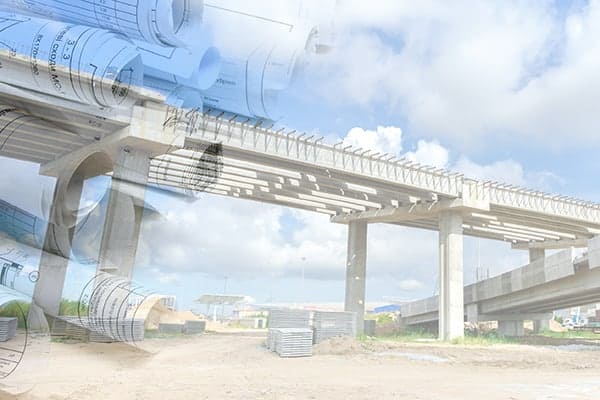
R&D and the Construction Sector – Building a claim
Posted on 15th June 2020 by Phil Ainley
“My company operates within the construction industry – we don’t do any R&D.”
This is probably something you have heard from clients over the years, and it’s understandable – even if you aren’t very familiar with the industry, the mention of building or construction tends to evoke the stereotype of a bricklayer in high-vis clothing. Even the image of steel and glass towers emerging from the ground in most cities does not, however futuristic, suggest advances of the technical or scientific variety, although it most certainly encompasses such developments.
We are all used to seeing construction, in all its guises, going on around us as we carry out our daily lives. It is a necessity: vital for housing, the economy, an indication of an advanced society.
Many companies operating in this sector will be conducting R&D, constantly adapting their techniques and practices to achieve their goals in what are often time-pressured situations. In your role as business advisers to these clients, you are the ones who will hear most about what has gone on in a business, the challenges faced and the changes undertaken to survive – especially in this Covid-19 environment.
As with many owner-managed businesses, those in construction will often be so busy completing work, securing new contracts, and complying with the ever-increasing list of regulation, that they will not stop to consider that the solutions they develop are qualifying R&D.
Identifying the basis for an R&D claim within this industry is easier than it first appears – ask your clients if they have ever had to change the way in which they do something. For example, when building a bridge, a company may be planning to complete this in a customary manner, following a system or technique they have used many times previously; only to find that in practice, the conditions, time constraints, access to site or materials involved simply cannot accommodate the usual methods of construction.
Nevertheless, the bridge must be built and invariably it is – but via an amended or new method. The time spent on changing the way a company has done something can contribute towards an R&D claim – think of the staff time involved, that of engineers, planning and project managers, sub-contractors, an array of consultants if the job is a big or high-profile one.
Anomalies within contracts, problem-solving to avert potential delays and time-penalties (which are written into nearly every contract nowadays), all may be seen as daily hindrances rather than developments. However, such situations fall clearly within the R&D legislation and could be qualifying for large tax reductions or credits.
The next conversation you have with a beleaguered client in the construction industry could be one which enables you to pinpoint a tax benefit for them, earning a valuable boost to their trust and appreciation of you as their adviser.
To find out more on R&D and the construction sector, contact Beverley Beck 0114 212 8288 or Beverley.Beck@markel.com
Related Articles:
Construction – between a rock and a hard place
If you would like a quote for your construction business insurance, please call our friendly award-winning team on 0333 321 1403 today, or click to get a quick online quote in minutes!
Useful Links

Professional Indemnity Insurance
Protects against claims of alleged negligence in your professional services, advice and designs.

Public Liability Insurance
Protects against claims of injury to third-parties or damage to a third-party's property.

Employers' Liability Insurance
A legal requirement for anyone employing staff. Protects your business in-case an employee is injured at work.
